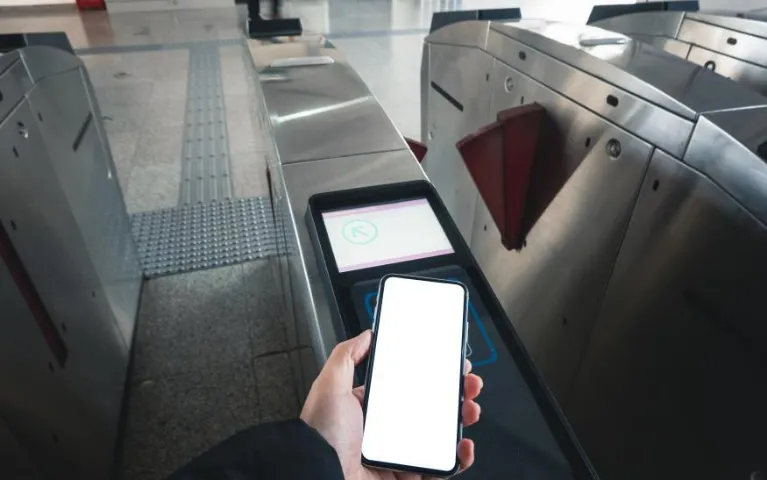NFC Technology Could Enable Completely Contactless Transactions in the Next Five Years
In the future, it may be possible to make payments and access train stations without the need to physically touch your phone to an NFC terminal. The NFC Forum, responsible for setting NFC standards, has announced a roadmap for research and development of near field communication technology until 2028. The group’s main focus is to extend the range of NFC, which currently only works within a 5 millimeter range between two enabled devices. The NFC Forum is exploring ranges that are four to six times the current operating distance.
It is at most 30 millimeters or 1.18 inches, but it can allow for faster transactions and fewer failed transactions. Seeing a longer range also means that the accuracy requirement for antenna alignment is lower. In addition, the forum aims to improve the current NFC wireless charging specification from 1 watt to 3 watts. The capability will bring wireless charging to “new and smaller form factors,” the forum said, but gave no examples of what those forms might look like.
Another potential future NFC feature supports multiple actions with a single tap. Based on the example use cases listed in the forum – point-to-point receipt delivery, loyalty recognition and ticketing for the whole journey – we could look at the possibility of validating transit tickets or event tickets for the whole family in one go. tap or one device. NFC-compatible smartphones could also have the power to act as point-of-sale devices in the future. Thanks to Apple’s Tap to Pay feature, iPhone owners can already use their phones as payment terminals. But a standardized feature would allow more people, especially in developing countries where Android is more common, to use their devices to offer payments to small businesses and merchants.
These plans are currently in various stages of development, with some further along than others. The forum doesn’t yet have a clear timeline for their debut, but said its plans span a two- to five-year timeframe.




